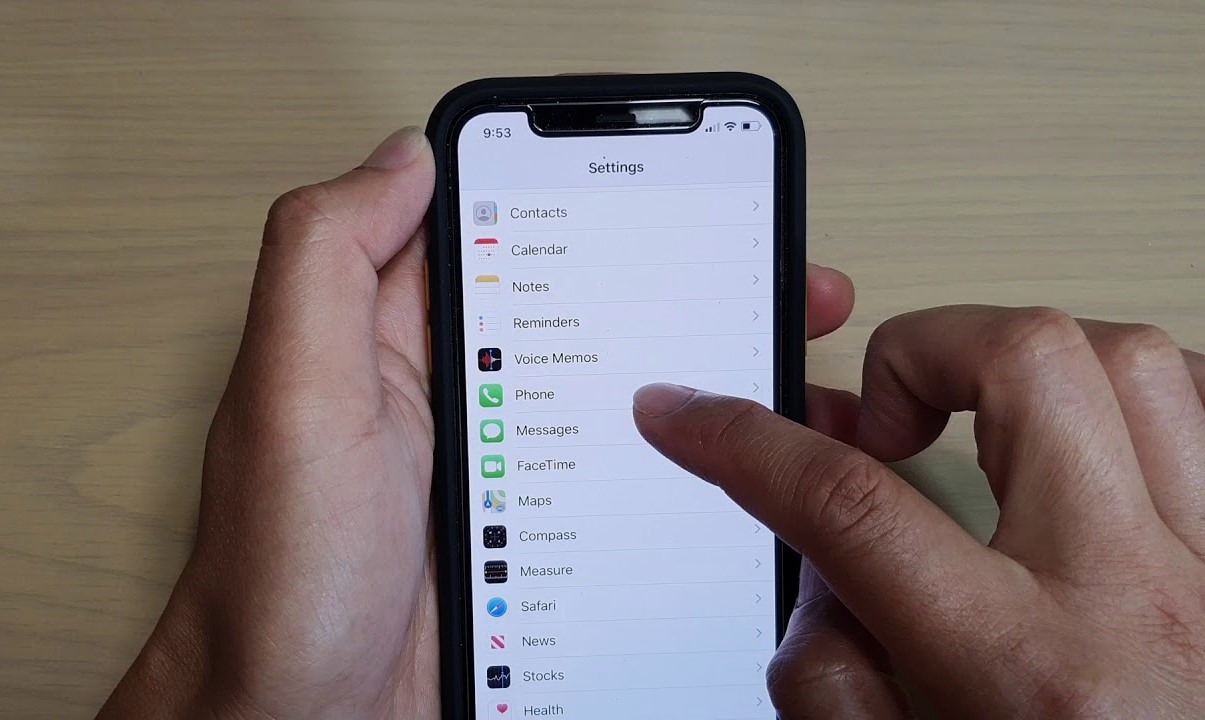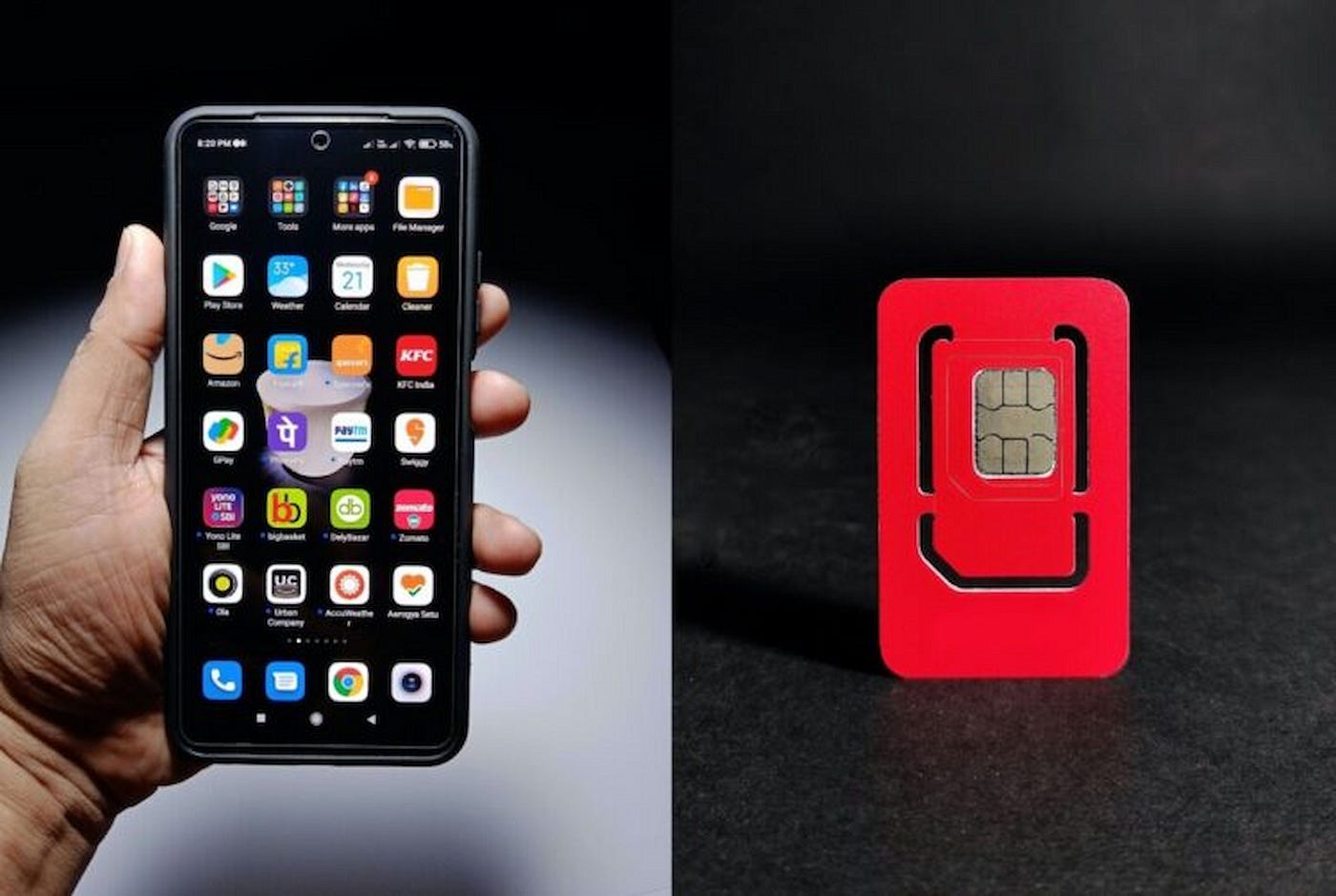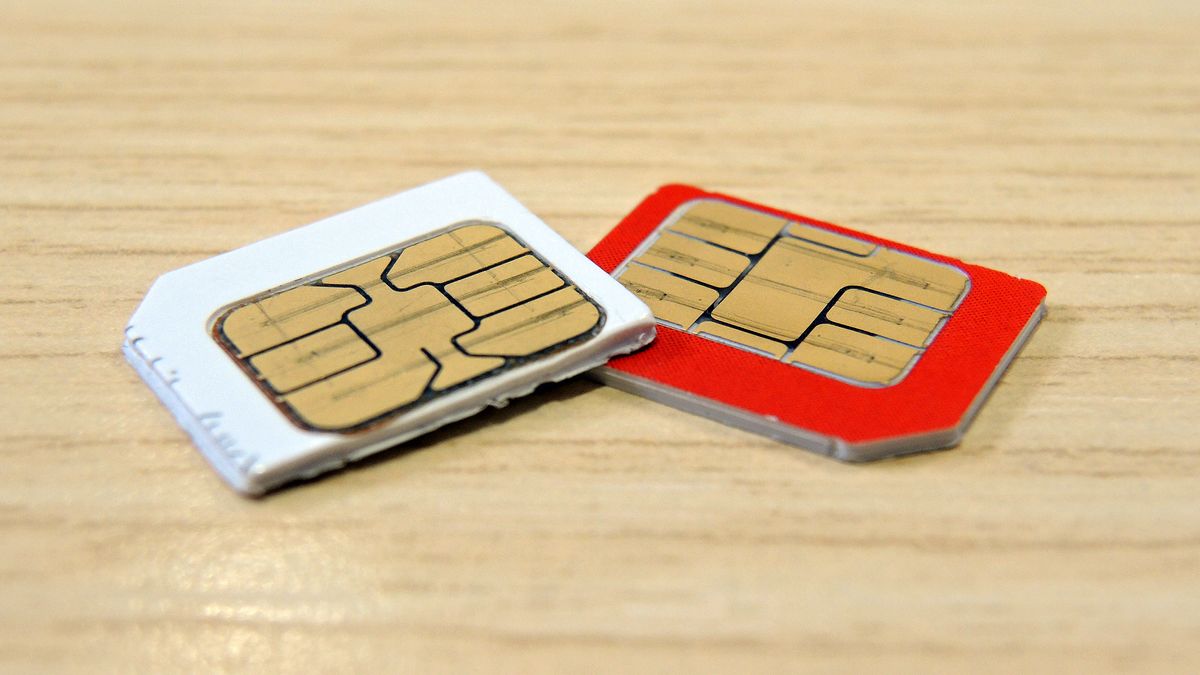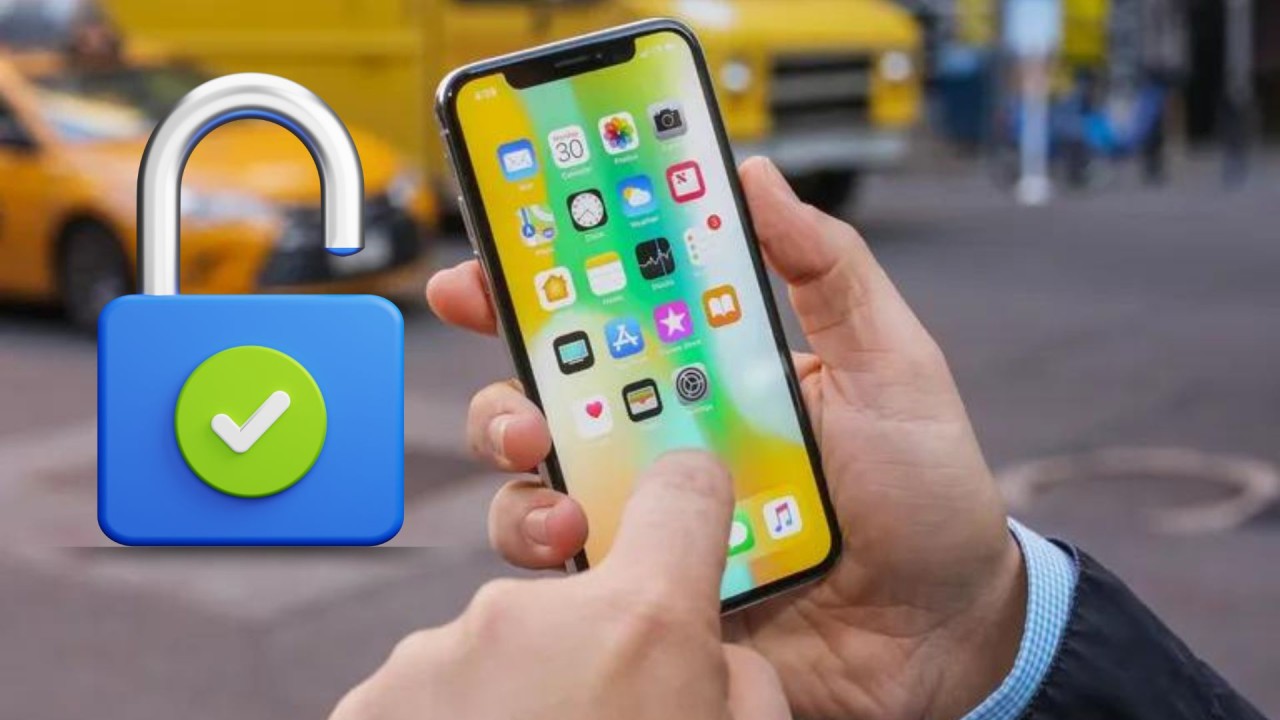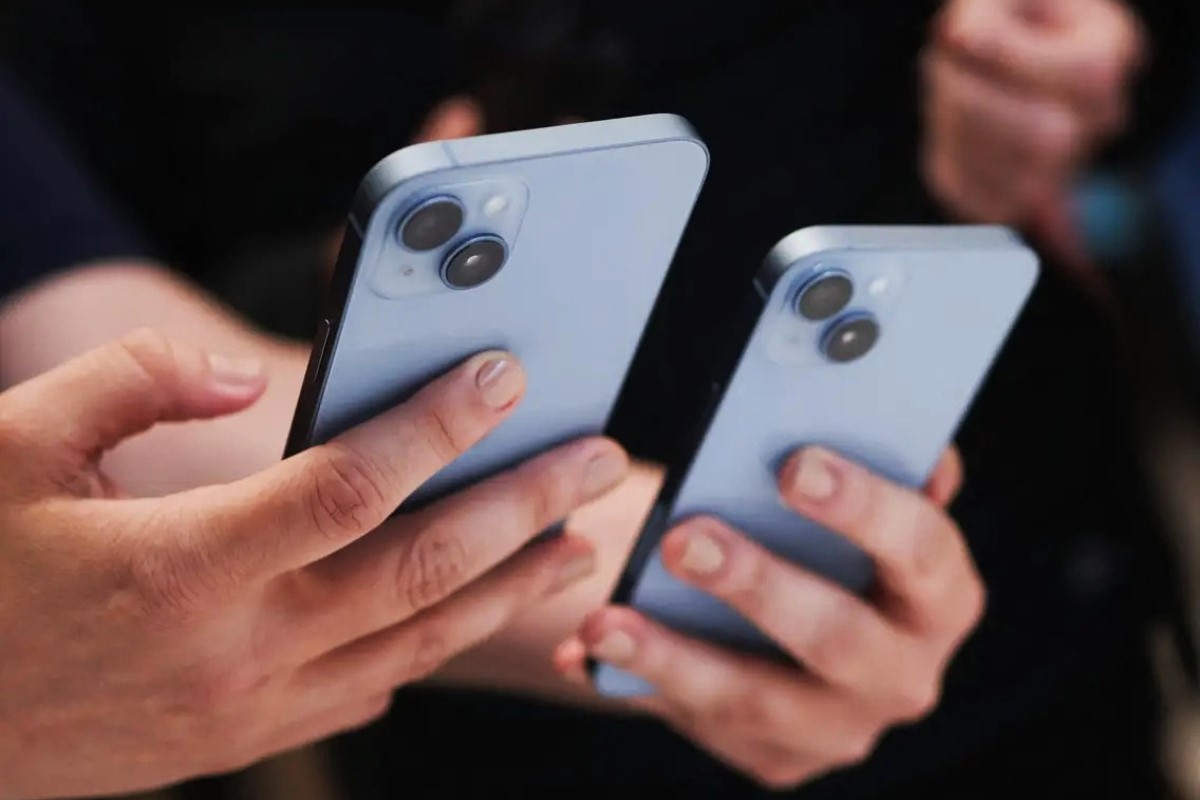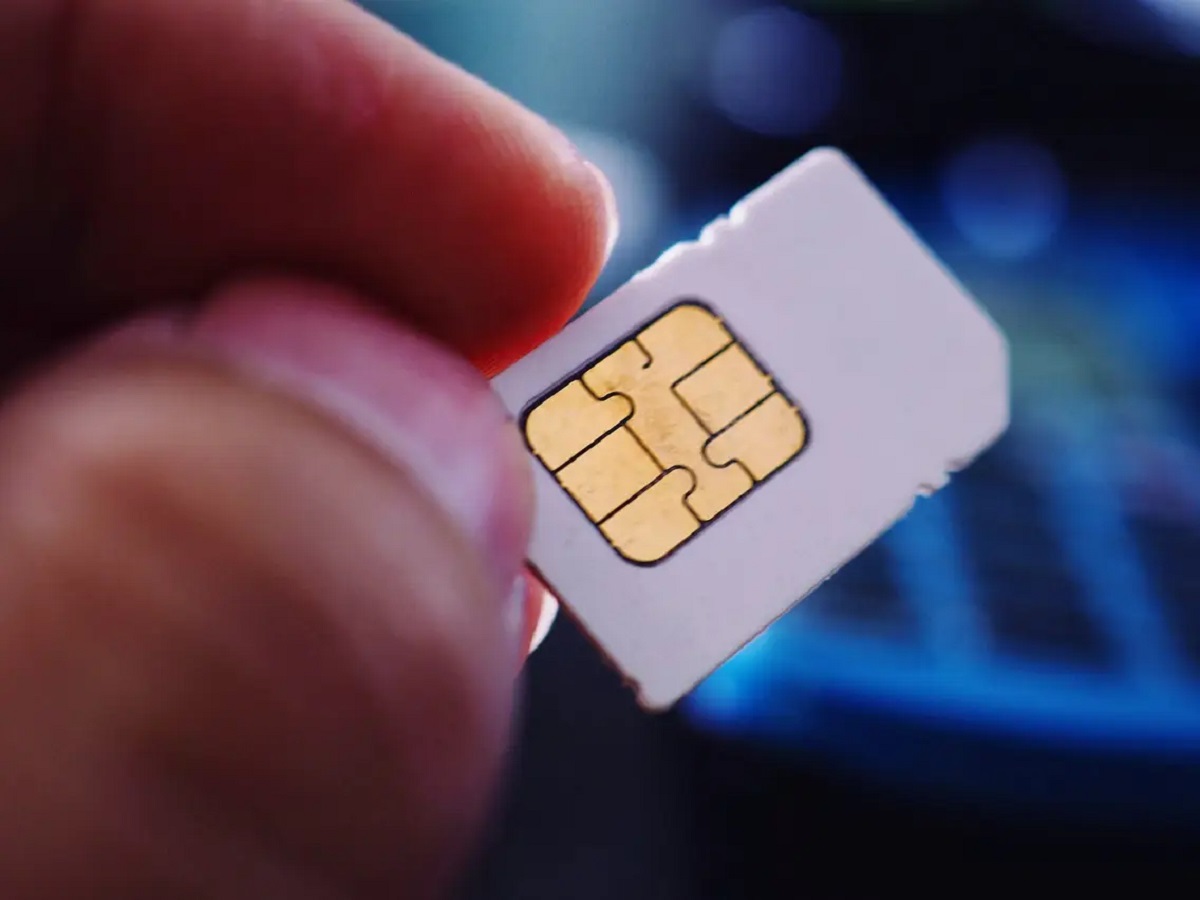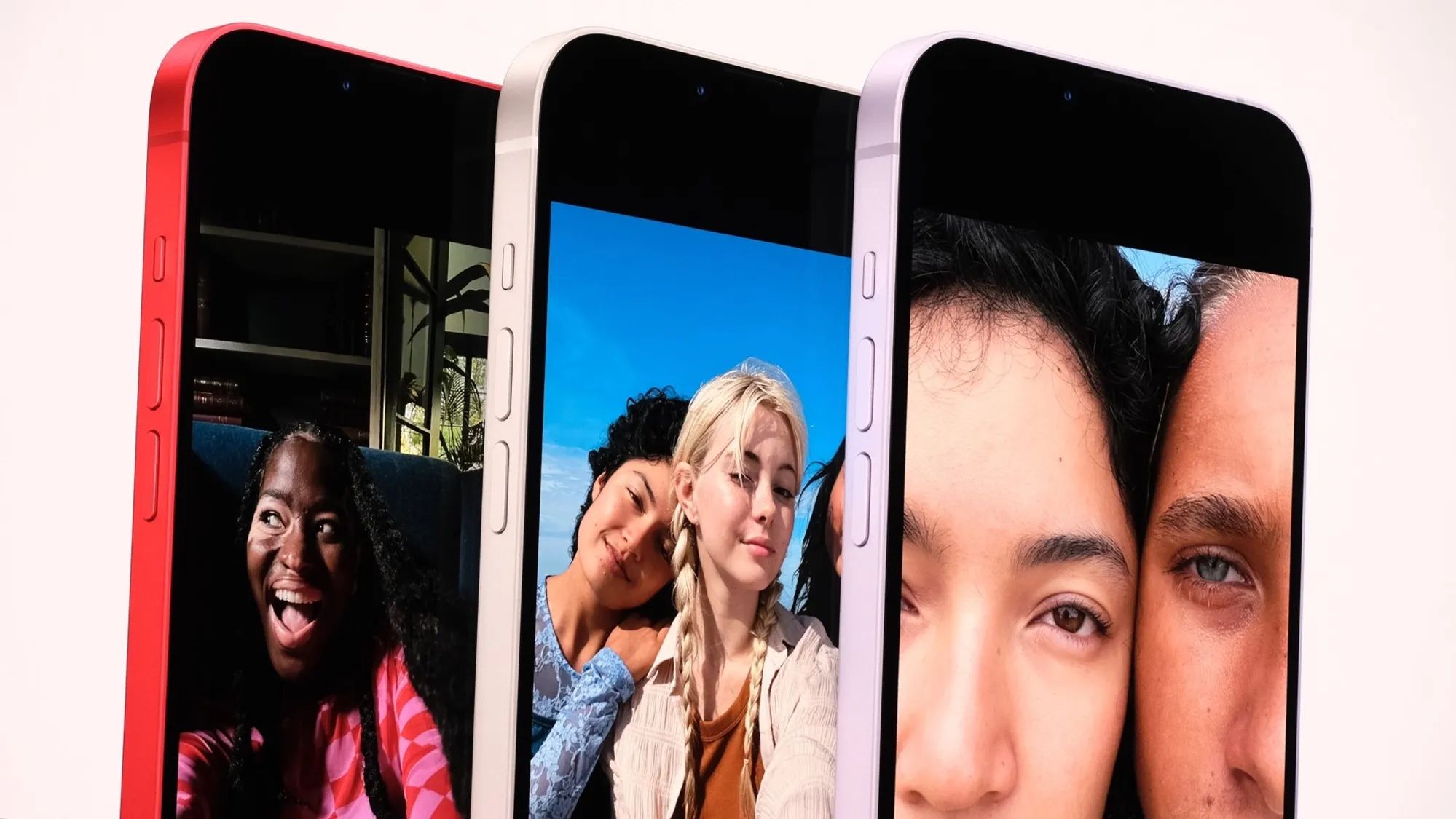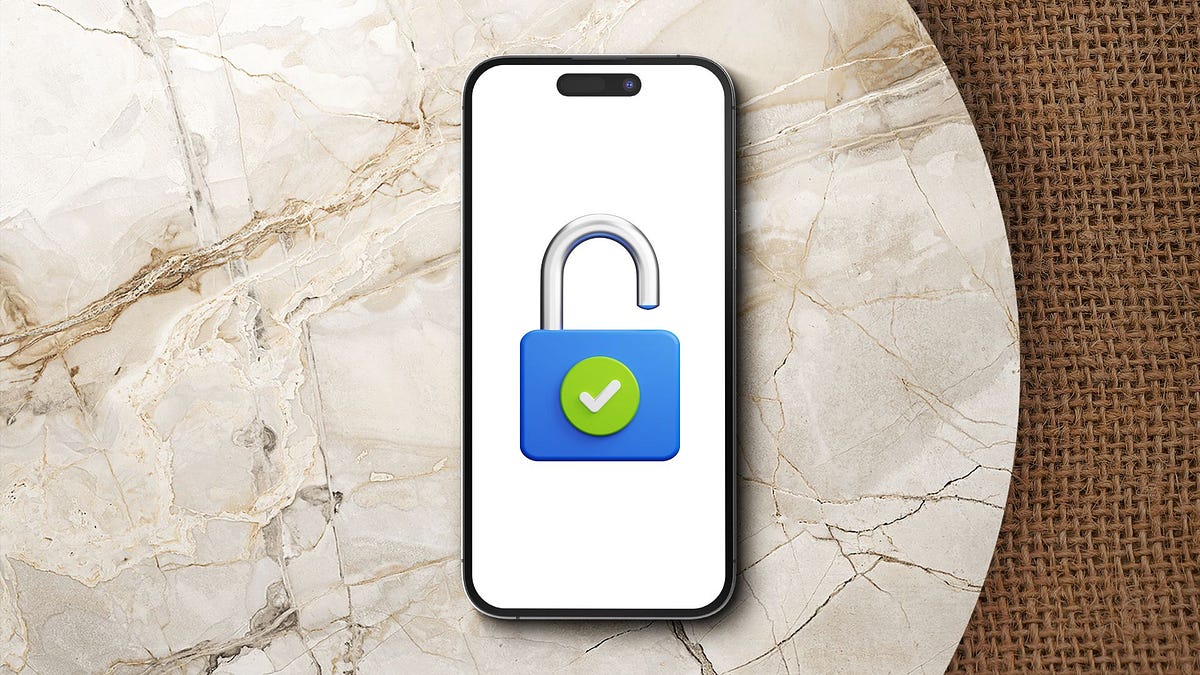Introduction
In the world of mobile devices, the SIM card plays a crucial role in enabling communication and connectivity. Whether you're a seasoned iPhone user or new to the Apple ecosystem, understanding the significance of your iPhone SIM card number is essential. This tiny, yet powerful, component serves as the gateway to your cellular network, allowing you to make calls, send texts, and access mobile data.
The iPhone SIM card number is a unique identifier that is associated with your specific SIM card and mobile network. It distinguishes your device within the network, facilitating seamless communication and data transmission. While it may seem inconspicuous, this number holds great importance, especially when it comes to troubleshooting network issues, activating a new device, or transferring your service to a different phone.
In this comprehensive guide, we will delve into the intricacies of the iPhone SIM card number, exploring its significance and equipping you with the knowledge needed to retrieve it effortlessly. Whether you're seeking to transfer your service to a new iPhone, troubleshoot network connectivity problems, or simply want to have this information readily available, understanding how to retrieve your iPhone SIM card number is a valuable skill for any iPhone user.
Now, let's embark on this enlightening journey to unravel the mysteries of the iPhone SIM card number and empower you with the tools to harness its potential.
What is a SIM Card?
A SIM card, or Subscriber Identity Module card, is a small, removable card that is inserted into mobile devices, such as smartphones and tablets, to connect them to a mobile network. It serves as the link between the device and the mobile network, enabling users to make calls, send text messages, and access mobile data. The SIM card contains essential information that uniquely identifies the user and the mobile device within the network.
The primary function of a SIM card is to authenticate the user and the device to the mobile network, allowing for secure communication and access to network services. It stores key information, including the International Mobile Subscriber Identity (IMSI), which is a unique identifier assigned to each SIM card, as well as the Integrated Circuit Card Identifier (ICCID), a unique serial number specific to the SIM card. Additionally, the SIM card holds the authentication key that verifies the user's identity and authorizes access to the network.
There are different types of SIM cards, including standard SIM cards, micro SIM cards, and nano SIM cards, each varying in size to accommodate different mobile devices. While the standard SIM card was prevalent in earlier mobile phones, the industry has transitioned to smaller form factors, such as the micro and nano SIM cards, to cater to the sleek designs of modern smartphones.
The SIM card also plays a crucial role in enabling seamless transition between different mobile devices. By transferring the SIM card from one device to another, users can retain their mobile number, network service, and contact information, simplifying the process of upgrading to a new phone or replacing a lost or damaged device.
In essence, the SIM card serves as the gateway to the mobile network, allowing users to stay connected and access essential communication services. Understanding the significance of the SIM card and its unique identifier, the ICCID, is fundamental for iPhone users, as it forms the basis for network connectivity and communication on their devices.
Why Do You Need Your iPhone SIM Card Number?
Your iPhone SIM card number is more than just a string of digits; it holds significant relevance in various scenarios, making it essential for iPhone users to have this information readily available. Here's why retrieving your iPhone SIM card number is crucial:
1. Activation and Setup:
When setting up a new iPhone or switching to a different device, you'll need your SIM card number to activate the phone and establish connectivity with your mobile network. This number serves as a unique identifier, allowing the network to recognize and authenticate your device, enabling you to make calls, send messages, and access mobile data.
2. Troubleshooting Network Issues:
In the event of network connectivity problems, having your SIM card number at hand can expedite the troubleshooting process. Network providers often require this information to diagnose and resolve issues related to service disruptions, signal reception, or network configuration. By providing your SIM card number, you facilitate efficient communication with your service provider, enabling them to address network-related concerns promptly.
3. Transferring Service to a New Device:
When upgrading to a new iPhone or replacing a lost or damaged device, transferring your service to the new phone necessitates the use of your SIM card number. This process ensures that your mobile number and network service seamlessly transition to the new device, allowing you to continue using your existing mobile plan without interruption.
4. Device Insurance and Warranty Claims:
In the unfortunate event of device loss, theft, or damage, your SIM card number may be required when filing insurance claims or seeking warranty support for your iPhone. This information serves as a vital component in verifying the ownership and eligibility of the device for insurance coverage or warranty services, facilitating the resolution of device-related issues.
5. International Roaming and Network Access:
When traveling internationally, particularly when using local SIM cards or accessing roaming services, having your iPhone SIM card number can streamline the process of activating international roaming, ensuring seamless connectivity while abroad. This information may be necessary for configuring network settings and accessing international roaming services offered by your mobile provider.
6. Identity Verification and Account Management:
Your SIM card number is often linked to your mobile account and serves as a form of identification when interacting with your network provider. Whether managing your account online, seeking customer support, or making changes to your service plan, having your SIM card number readily available can expedite identity verification and streamline account-related processes.
In essence, the iPhone SIM card number is a valuable piece of information that transcends its role as a mere identifier. It is a key asset in facilitating seamless connectivity, troubleshooting network issues, and managing your mobile services. By understanding the significance of your SIM card number and knowing how to retrieve it, you empower yourself to navigate the intricacies of mobile communication with confidence and ease.
How to Retrieve Your iPhone SIM Card Number
Retrieving your iPhone SIM card number is a straightforward process that can be accomplished using the device's settings or physical SIM card tray. Here's a step-by-step guide to help you retrieve your iPhone SIM card number effortlessly:
Using iPhone Settings:
-
Access the Settings App: Unlock your iPhone and navigate to the home screen. Locate the "Settings" app, which is represented by a gear icon, and tap to open it.
-
Select "General": Within the Settings app, scroll and select "General" from the list of options. This will open a menu containing various device management settings.
-
Tap "About": In the General settings menu, tap on "About." This section provides detailed information about your iPhone, including the SIM card details.
-
Retrieve the SIM Card Number: Scroll down the About page until you find the "ICCID" or "SIM Card Number" entry. This alphanumeric code is your iPhone's SIM card number, uniquely identifying your SIM card within the mobile network.
Using the SIM Card Tray:
-
Eject the SIM Card Tray: Locate the SIM card tray on your iPhone. The location of the SIM card tray varies depending on the iPhone model. Use the ejector tool or a small paperclip to gently push into the pinhole on the SIM card tray, causing it to pop out.
-
Remove the SIM Card: Carefully remove the SIM card from the tray. The SIM card number is typically printed on the card itself, along with the ICCID, providing you with the essential identifier for your SIM card.
By following these simple steps, you can easily retrieve your iPhone SIM card number, ensuring that you have this vital information at your disposal for various purposes, including device activation, troubleshooting, and service management.
Whether you prefer accessing the SIM card number through the device's settings or examining the physical SIM card, having this information readily available empowers you to navigate the intricacies of mobile communication with confidence and ease.
Conclusion
In conclusion, the iPhone SIM card number serves as a fundamental element in the realm of mobile communication, embodying significance beyond its seemingly modest appearance. As we've explored the intricacies of the SIM card and its unique identifier, the ICCID, it becomes evident that this alphanumeric code holds the key to seamless connectivity, troubleshooting network issues, and managing mobile services.
Retrieving your iPhone SIM card number is not merely a technicality; it empowers you to take charge of your mobile experience. Whether it's activating a new device, resolving network-related concerns, or ensuring uninterrupted service transition, having your SIM card number readily available equips you to navigate the dynamic landscape of mobile connectivity with confidence and ease.
Furthermore, the SIM card number plays a pivotal role in safeguarding your mobile identity and facilitating essential interactions with your network provider. It serves as a linchpin in processes ranging from international roaming activation to account management, underscoring its multifaceted utility in the realm of mobile communication.
By understanding the significance of the iPhone SIM card number and knowing how to retrieve it effortlessly, you position yourself at the helm of your mobile journey. This knowledge not only streamlines essential tasks but also fosters a deeper appreciation for the intricate interplay between technology and human connectivity.
As you embark on your mobile endeavors, armed with the knowledge of your iPhone SIM card number, may you navigate the digital highways with confidence, harnessing the power of seamless connectivity and embracing the myriad opportunities that mobile communication affords.
In essence, the iPhone SIM card number, though diminutive in size, looms large in its impact, embodying the essence of connectivity and empowerment in the palm of your hand. Embrace this knowledge, and let it serve as a beacon illuminating your path in the ever-evolving landscape of mobile technology.







